Transformation of sewage sludge into biogas

In partnership with the Var Estérel Méditerranée agglomeration community and GRDF, Veolia is building a biogas production unit to recover sludge from the Reyran wastewater treatment plant (Var).
Main project's drivers for reducing the greenhouse gas (GHG) emissions
Energy and resource efficiency
Decarbonisation of energy
Improving energy efficiency
Improving non-energy resource efficiency
Emission removal
Financing low-carbon issuers or divesting carbon assets
Reduction of other greenhouse gases emission
Project objectives
Transformation of waste (the sludge of the wastewater treatment plant) into biomethane, a local source of renewable energy
The project consists in the construction of a biogas production unit, from the valorisation of sludge produced by the Reyran wastewater treatment plant.
This production perfectly illustrates the Var Esterel Méditerranée Agglomeration’s desire to be part of a real and lasting circular economy approach. Waste become a renewable energy source serving the development of a territory’s gren transition.
Built by Veolia, the methanization unit is composed of a 4000 m3 digester with a high gaseous sky. 10,000 tons of sewage sludge are treated annually. This amount of sludge vary along the year (+/-30%) especially during the summer and touristic period.
The digestate (solid waste at the outlet of the digester) is then composted.
The biogas produced, composed of 65% methane, is transformed into biomethane. This biomethane has the same characteristics than the natural gas. the gas is controlled, counted, odorized and injected into the gas distribution network by GRDF.
This methanization unit reduces by 30% the amount of slude and produce a renewable and local gas. Bringing together three partners (the Var Estérel Méditerranée agglomeration community, Veolia and GRDF), this installation, a first in the Southern Provence-Alpes-Côte d’Azur region, now supplies between 20 and 30% of the gas distributed to residents.
The wastewater treatment plant sludge valorisation also provides a green fuel for public transport: the biomethane produced corresponds to the consumption of more than 40% of the public bus transport network.
Emission scope(s)
on which the project has a significant impact
- Emission scopes
- Description and quantification of associated GHG emissions
- Clarification on the calculation
Scope 1
Émissions directes générées par l’activité de l’entreprise.
Scope 2
Émissions indirectes associées à la consommation d’électricité et de chaleur de l’entreprise.
Scope 3
Émissions induites (en amont ou en aval) par les activités, produits et/ou services de l’entreprise sur sa chaine de valeur.
Absorption d’émissions
Création de puits de carbone, (BECCS, CCU/S, …)
Émissions évitées
par les activités, produits et/ou services de l’entreprise ou par le financement de projet de réduction d’émissions.
Scope 1 – Reduction of sludge transportation (200 trucks less at 50km AR)
- Quantification: – 20.000km × 10L/100km × 0,835kgCO2/L = -1,5TCO2/year
Scope 2 – Electricity consumption of the methanization system
Quantification: 15 kgCO2/MWhPCS
Scope 2 – Emissions due to methanization
Quantification: 2000 MWh/year × 0,060tCO2/MWh = 120tCO2/year
Emissions évitées – Substitution of natural gas by biomethane
Quantification: – 1700tCO2eq/year
The methanization unit is fed with 10,000 t/year of sludge from the Reyran wastewater treatment plant.
The energy consumption of the anaerobic digestion system is about 2,000 MWh/year of electricity, i.e. about 15 kgCO2/MWhPCS (2000*60/8000).
The emission factor of natural gas is about 227 kgCO2/MWh PCI. The injection of biomethane into the network, all things being equal, avoids 212 kgCO2/MWh COD, i.e. 1700 tCO2/year for this installation.
Moreover, if the sludge had not been consumed, it would have been sent for composting. The implementation of anaerobic digestion reduces the quantity of sludge by 35%. The sludge quantity reduction reduces the carbon impact of sludge transport by the same amount (4000 tons less, i.e. 200 trucks over an average distance of 50 km).
Key points
Invested amount
7,3M€
Starting date of the project
2019
Project localisation
Fréjus, Var.
Project maturity leve
Long term (> 10 years)
Prototype laboratory test (TRL 7)
Real life testing (TRL 7-8)
Pre-commercial prototype (TRL 9)
Small-scale implementation
Medium to large scale implementation
Rentabilité économique du projet
Short term (0-3 years)
Middle term (4-10 years)
Images / Vidéos
This project is part of a contribution to various SDGs including SDG 7 Clean and Affordable Energy, SDG 9 Industry, Innovation, Infrastructure, SDG 11 Sustainable Cities and Communities and SDG 12 Responsible Consumption and Production.
Creating renewable energy from sewage sludge both:
- Reduce sludge volumes and thus transportation costs and environmental impact,
- Recover the sludge’s fatal energy to favour the production of green gas and thus improve the economic balance of the process,
- Offer a digestate used in the composting process that considerably limits the use of chemical fertilizers,
- In addition, this project is in line with the logic of collaboration of the SDG 17 by federating the Agglomeration Community and its elected officials, Veolia, in charge of the operation of the wastewater treatment plant and the natural gas distributor for the design of this solution.
This project is replicable worldwide.
However, certain prerequisites are necessary:
- A high biogas support framework and/or sludge management cost,
- For sites > 1,000 tMS (ton of dry matter) = Approximately 5,000 tBH (ton of wet sludge i.e. dry matter + water) – Between 300 and and 450 tCO2eq avoided for 1,000 tMS,
- Federated governance around the project.
This project is the result of a multi-actor partnership between public (Var Estérel Méditerranée Agglomeration Community) and private (Veolia, GRDF) stakeholders.
Contact the company carrying the project:
chevalier.vincent@veolia.com
alain.le-divenach@veolia.com
